Candi Gunung Kawi: a legacy in stone
The rock-cut gateway stood at the end of a dramatic approach, where the footpath descended through soaring coconut palms and rice terraces now ripe for harvest, before being hemmed in by natural walls of solid rock. Two posts framed the entrance, one with words clearly inscribed in Balinese and Indonesian, and the other in English.
“NOTICE!! Before entering the temple, visitors are kindly requested to sprinkle the holy water (provided) over your head.”
Nearby, a small brush lay partly submerged in a humble clay pot, which was fitted to a basin swaddled in golden fabric. We bowed our heads as Bli Komang – our driver and guide to all things Balinese – flicked holy water, first onto Bama’s hair, and then mine. As the cool spring water ran down the top of my head, I took one step forward and gingerly stepped over the threshold.
Set in a lush, steep-sided ravine, Candi Gunung Kawi is the kind of place where you would expect to see Indiana Jones, surveying his surroundings by the light of a kerosene lamp. The mysterious temple dates from the 11th century, with multiple shrines in niches measuring seven metres high – expertly carved from the landscape on both sides of the sacred Pakerisan River.
Unlike most other Balinese temples, Gunung Kawi has the distinction of being called a candi and not a pura. Bli Komang explained that the title was used because the complex wasn’t built for the gods, but in honour of the local kings.
Although the complex was known to the Balinese for centuries, it wasn’t until 1920 that a Dutch archaeologist brought it to the attention of the wider world. Historians believe that Gunung Kawi was constructed in 1080 AD by monarch Anak Wungsu as a series of funerary monuments dedicated to his father, the great ruler Udayana.
Across a small bridge on the eastern bank of the Pakerisan, the five larger shrines are said to commemorate King Udayana, Queen Mahendradatta and their three sons. Their eldest, the hero-king Airlangga – literally ‘jumping water’ – grew up in Bali but crossed the straits to his uncle’s court during his teenage years, eventually ruling the eastern portion of Java. Marakata, the second son, rose to the Balinese throne after the death of Udayana, and Anak Wungsu followed when Marakata died. None of the rock-cut shrines ever housed the royal family’s remains or ashes, but each one had a symbolic function as an abode for its deified members during temple festivals. ◊

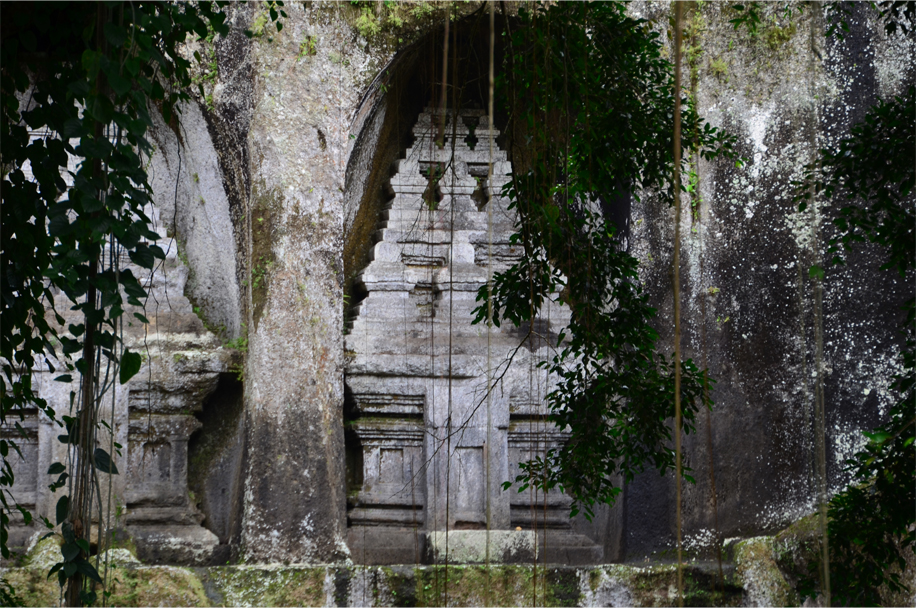
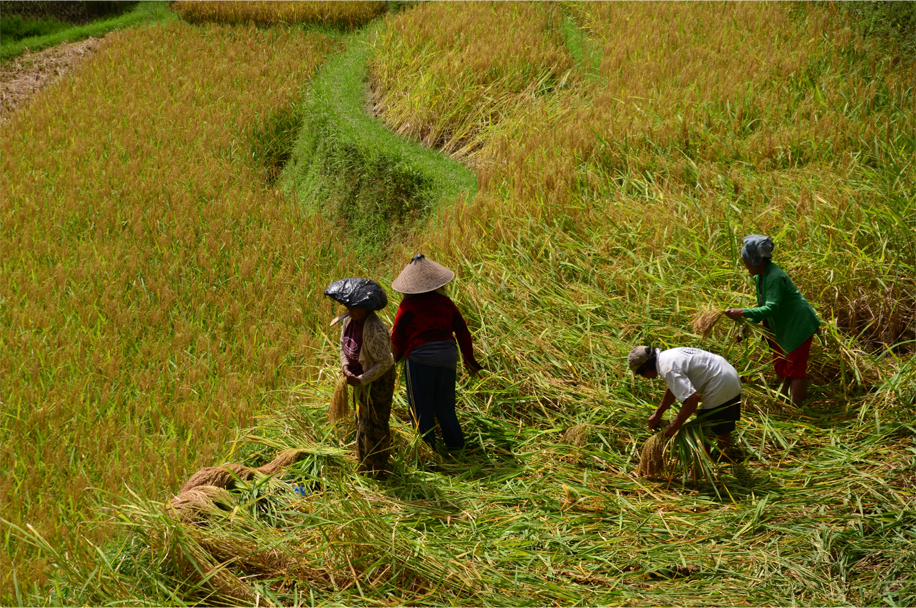
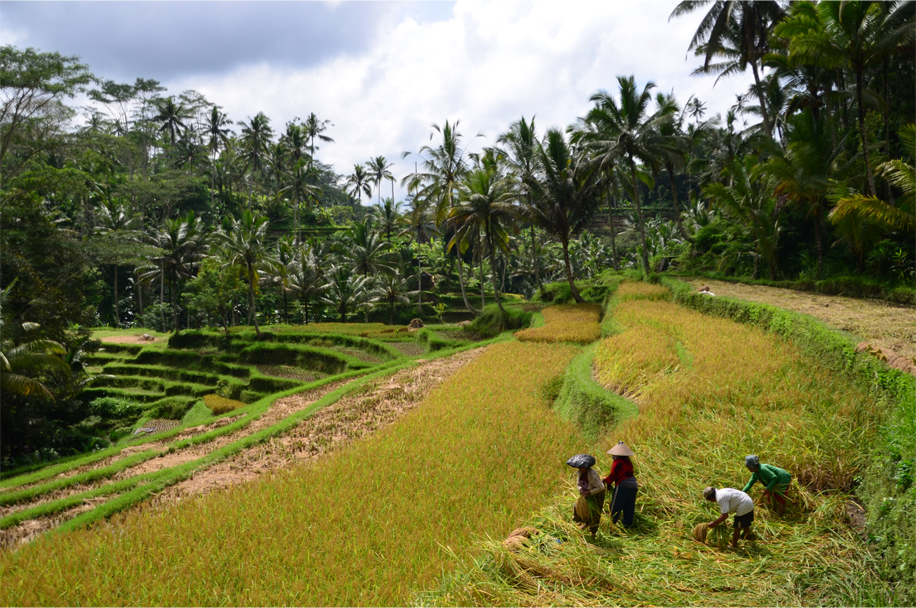



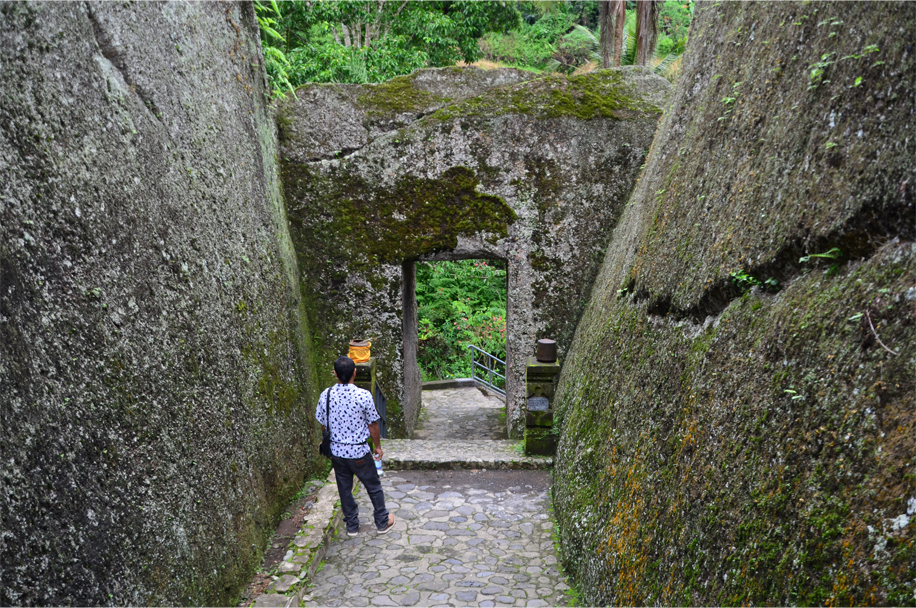



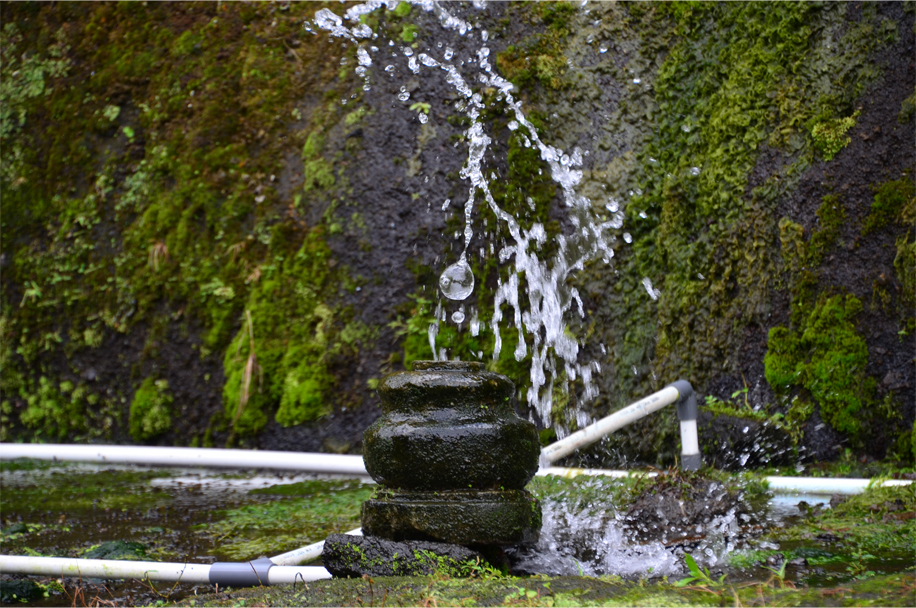

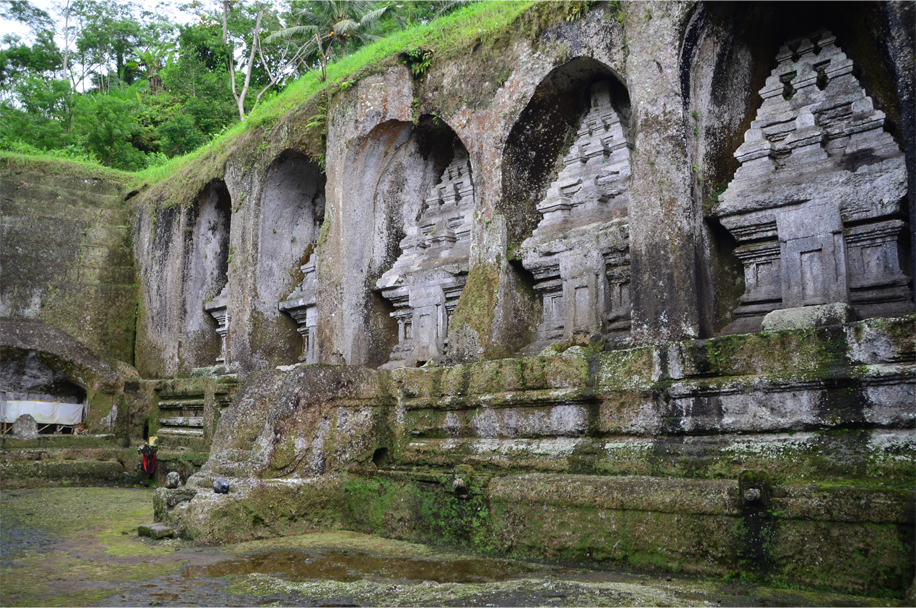
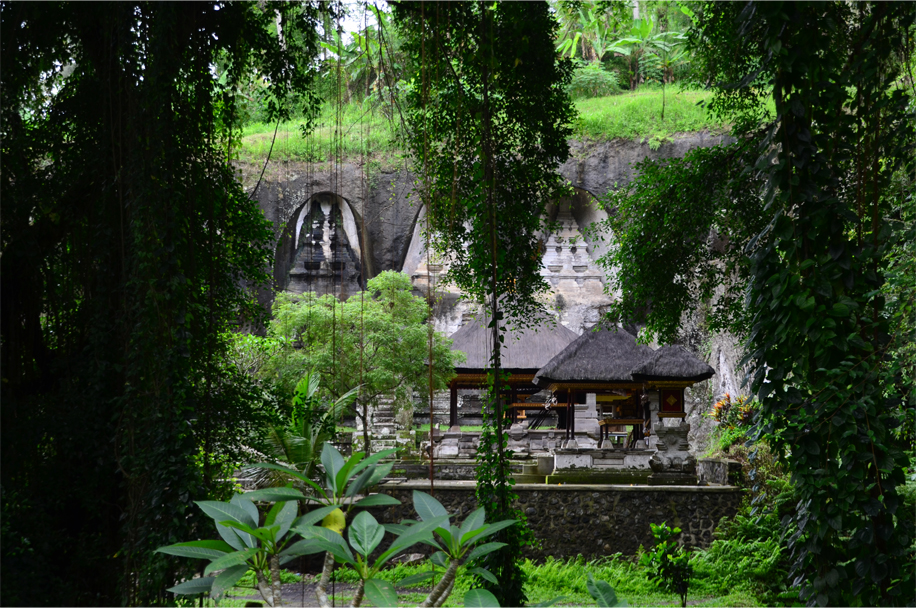





Stunning photos of a magical place. Any sightings of Indiana Jones? 🙂
Not this time, Sue. I have a feeling he would prefer to come here at night! 🙂
Beautiful mystical magical place.
It’s well worth a visit Shikha – and the jungle setting is something else!
Candi Gunung Kawi is one of my favorite places in Bali despite its decoration-lacking shrines –compared to other religious monuments on the island. However from what I read it seems like we missed a hidden temple within its vicinity. Anyway, I really like that first photo, so beautiful and mysterious, just like the shrines themselves.
I can see why, Bama. Gunung Kawi still exudes an air of peace and mystery… and I really enjoyed the walk-in with those rice terraces on either side. Glad you found this place on a previous trip to Bali, it’s so close to Tirta Empul but it seems to get less visitors.
James, you are really pulling me to Indonesia. I really wish my next trip out of India would be Your home place 🙂
How I wish Indonesia was my home, Sreejith! I live in Hong Kong so it’s a far cry from the sublime beauty of Bali. We don’t have volcanoes here, nor do we have rice terraces, coconut palms, coral-rich waters full of fish, temples a thousand years old nor a widespread understanding of the traditional arts. These are just some of the reasons I try to visit Indonesia at least once a year. 🙂
Sorry James, I forgot that 🙂
But anybody here in blogosphere will surely think you are from Indonesia from your posts…
Amazing place, visited there on our honeymoon and will never forget the experience!
Yes, and to think that the temple has withstood so many centuries of wear and tear!
This wasn’t my favourite place in Bali, by any means, but you give it a good write-up. And lovely photos!
Thanks Lee, I really wonder how it looks at night – those rock-cut shrines must make for some very evocative photos.
Amazing pictures. I was born and brought up in Indonesia and I love their traditions; so beautiful. I write about travel and fashion so check my blog out xx
http://emilycharlotteolsen.wordpress.com/
Thanks for dropping by, Emily. 🙂
Reblogged this on Just Go Places.
Another great addition to my list of places that I must see before I die! Truly beautiful!
If you’re a history buff, this is just one of many ancient sites scattered around Bali. Hope you get there soon!
Awesome pictures!!! 🙂
It’s a wonderfully photogenic place. 🙂
Oh my, this I shall HAVE to see for myself! The architecture resembles the under embellished temples in Kerala somehow, although they use more timber than stone. It is the lack of excessive ornamentation that appeals to me the most. Yes beautiful and magical James. Thank you for taking us along 🙂
My pleasure, Madhu. 🙂 Compared to other temples we visited, this one was relatively austere by Balinese standards! But as you said, that simplicity is part of its charm – not to mention the gorgeous valley setting.
love it, I would like to go one day for sure 🙂
It’s not hard to fall in love with Bali – just wait till you get there in person!